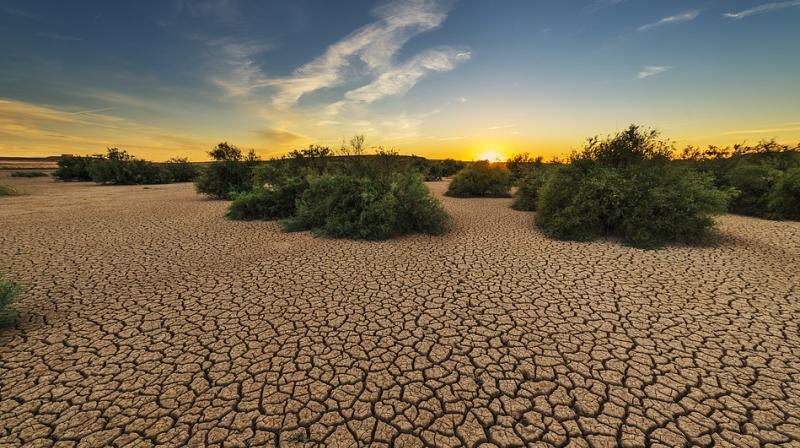Hyderabad: Flood-drought cycle set to become more frequent

Hyderabad: The south-west monsoon is showing a declining trend and there will be more pre-monsoon and post-monsoon rainfall in the coming years, according to the Indian Meteorological Society. The flood-drought cycle in the country too will be more frequent. The south west monsoon season ends in September but according to analysis of data published in the IMS journal Vayu Mandal, the contribution of the south-west monsoon is on the decline.
Weather expert Rajanikanth Poolla explained, “The major concern about the pattern of the Indian monsoon is the uneven distribution of rainfall. There is an increasing instance of excessive rain leading to floods in smaller regions and droughts in other parts. Rainfall in the monsoon season is reducing in recent years. The pattern shows that the monsoon arrives in June but slows down and goes weak for prolonged periods, and is activated only when there is low pressure in the Bay of Bengal or cyclonic circulation in the Arabian Sea. Hence, after the onset of the monsoon there is a revival system which occurs and then only is there further monsoon.”
The Indian monsoon is greatly influenced by global weather and climate patterns like El-Nino and La-Nina and these are affecting the rainfall cycle in the country.
Drought was notable in 2002, 2004, and 2009 while in 2011 there was above average monsoon rain.
Experts and various models predict that the rainfall distribution and its pattern will change further. The impact of global warming will induce hyper local severe weather phenomenon like cloud bursts, intense lightning over short periods and in shorter geographical areas.
According to IMD data, between June 1 and August 14 there was deficit rainfall in 25 districts and excess rainfall in 38 districts in the country. A senior member of IMS also has IMS explained, “In TS the month of August seemed to be making up the rain deficit. But that is not so. We are now again having a dry spell and that is only going to increase the deficit. The pre and post monsoon showers that are frequently seen will be due to the depression in the Bay of Bengal but they cannot be termed as covering up for the rains which were to fall during the season.”

